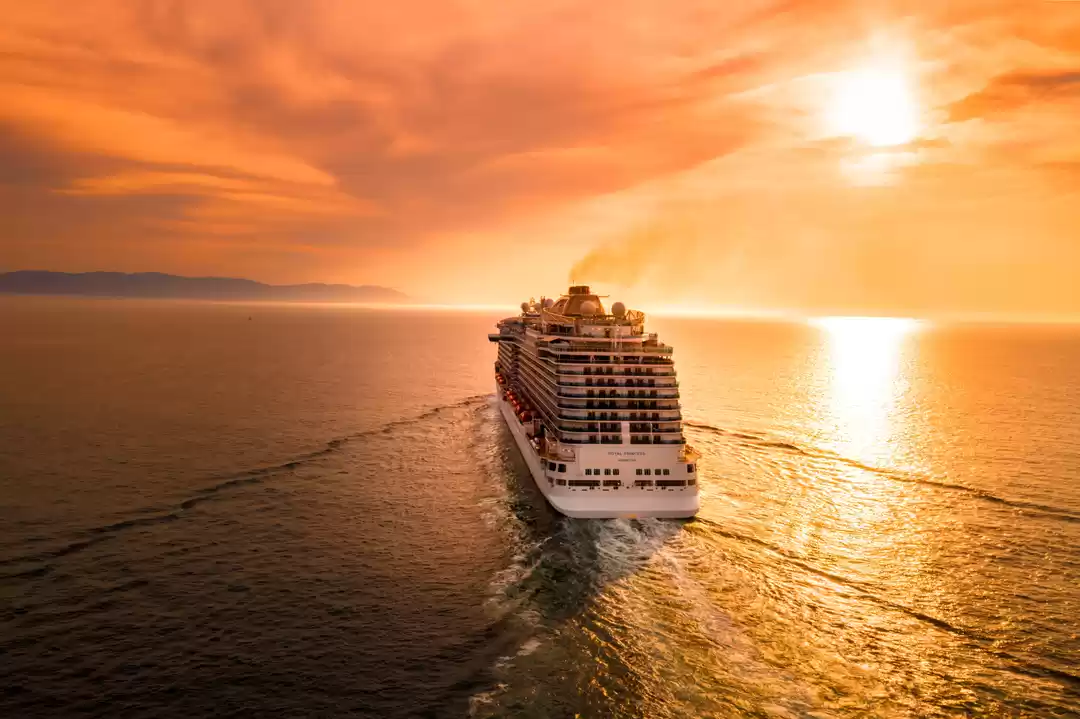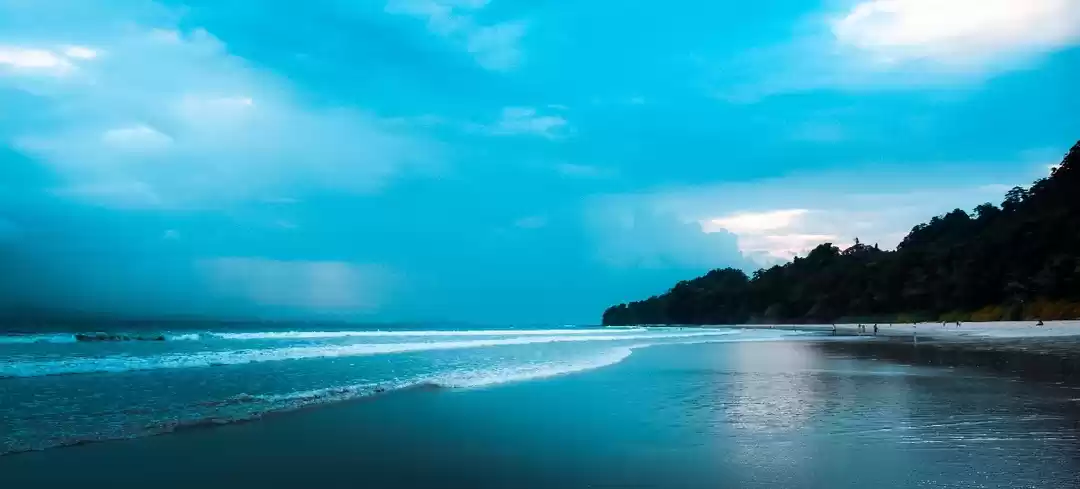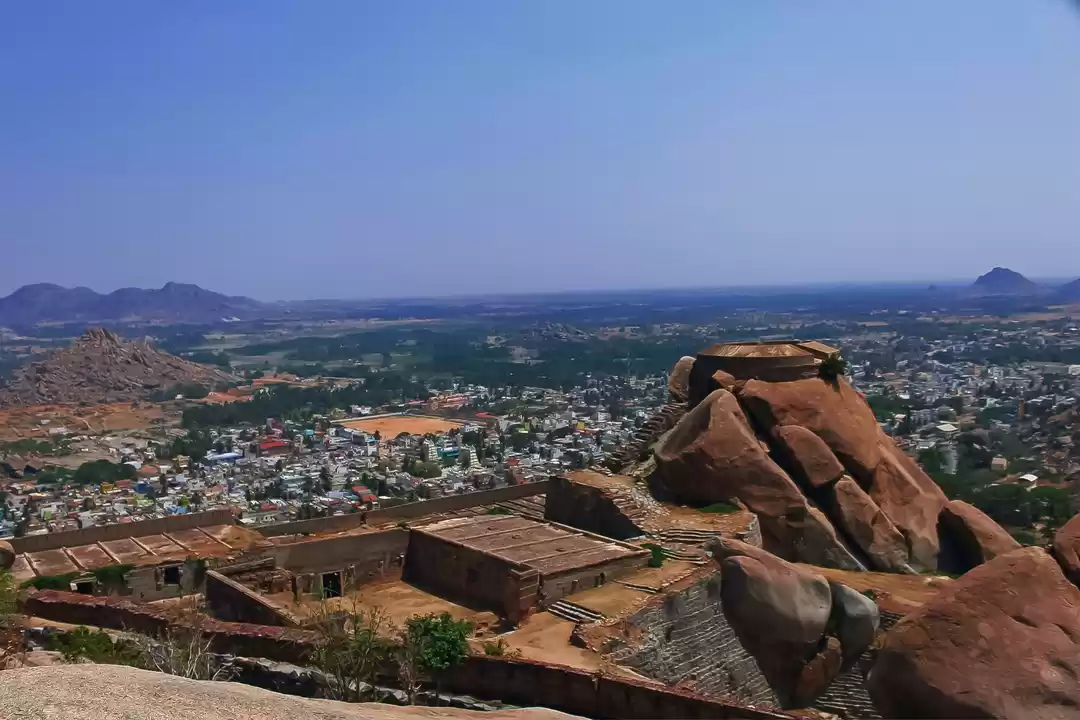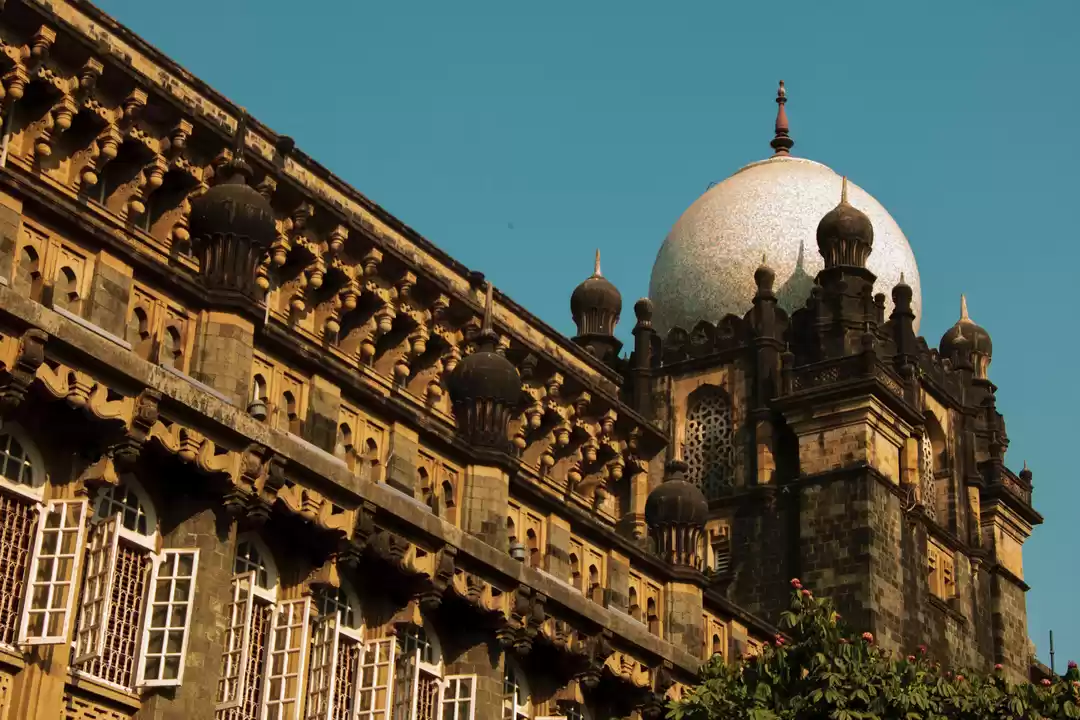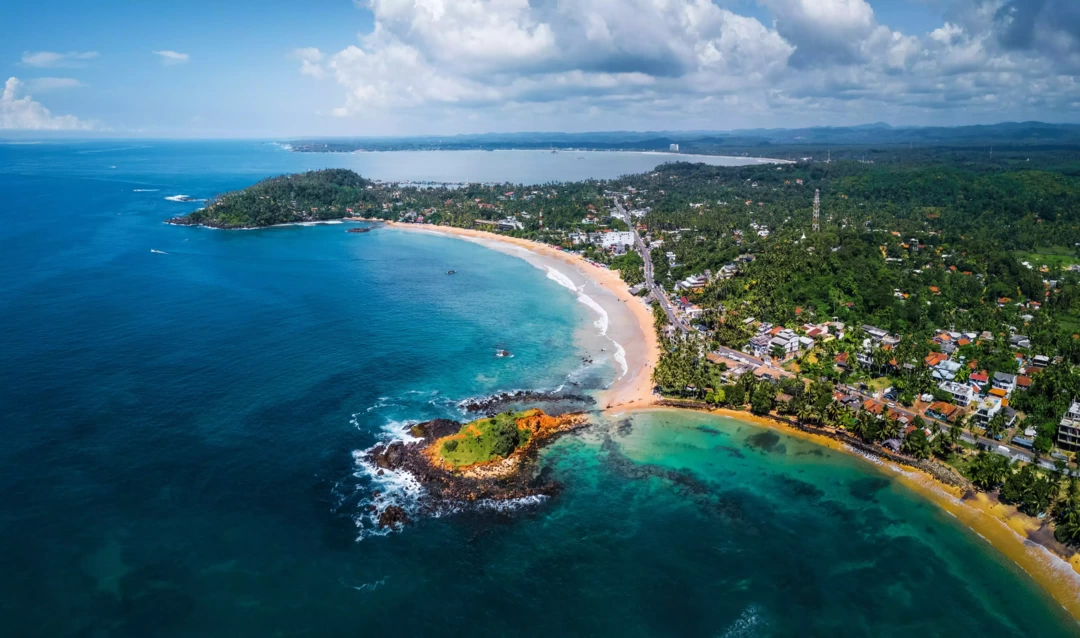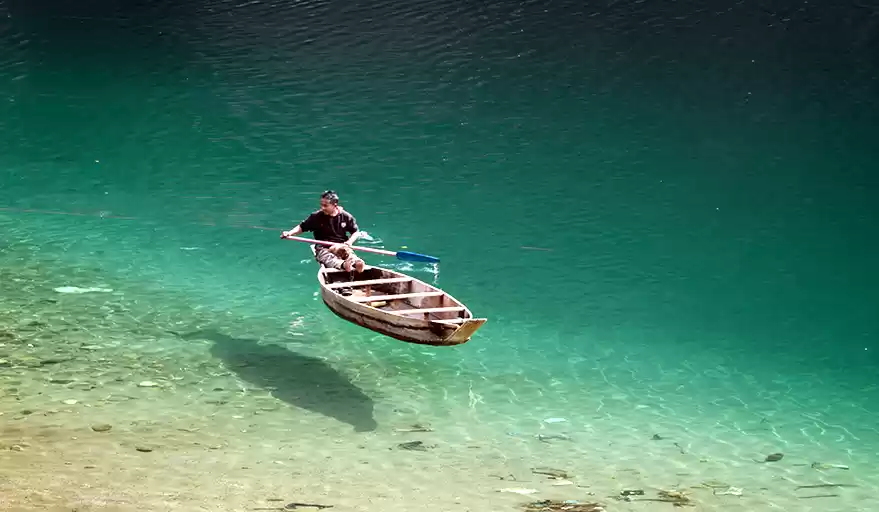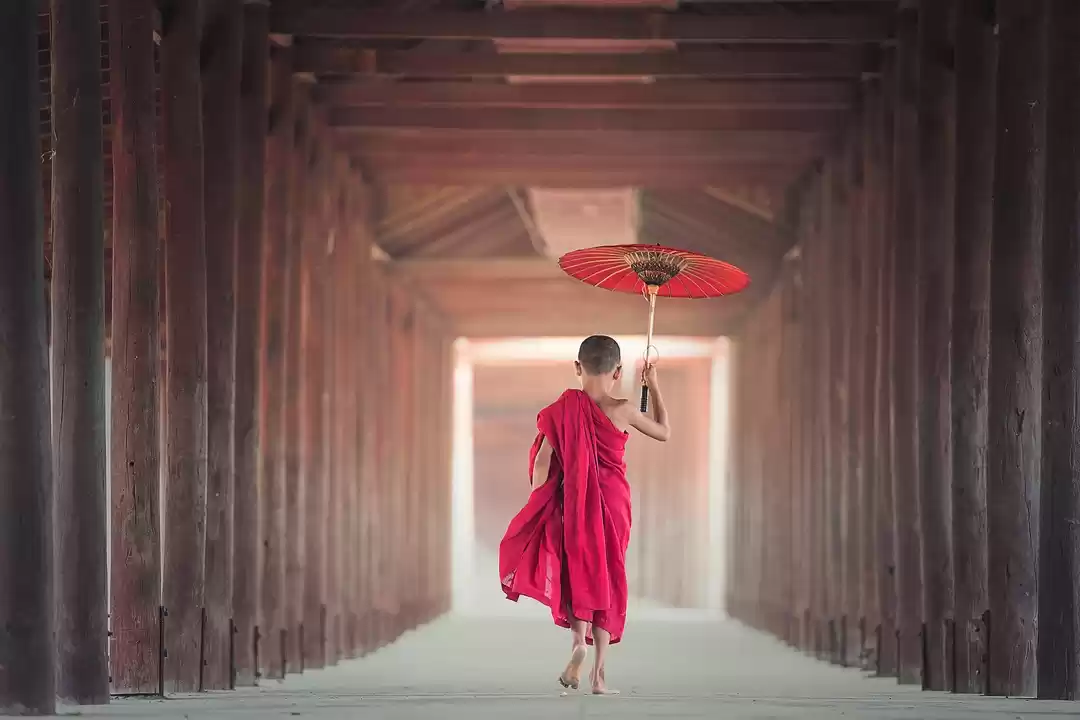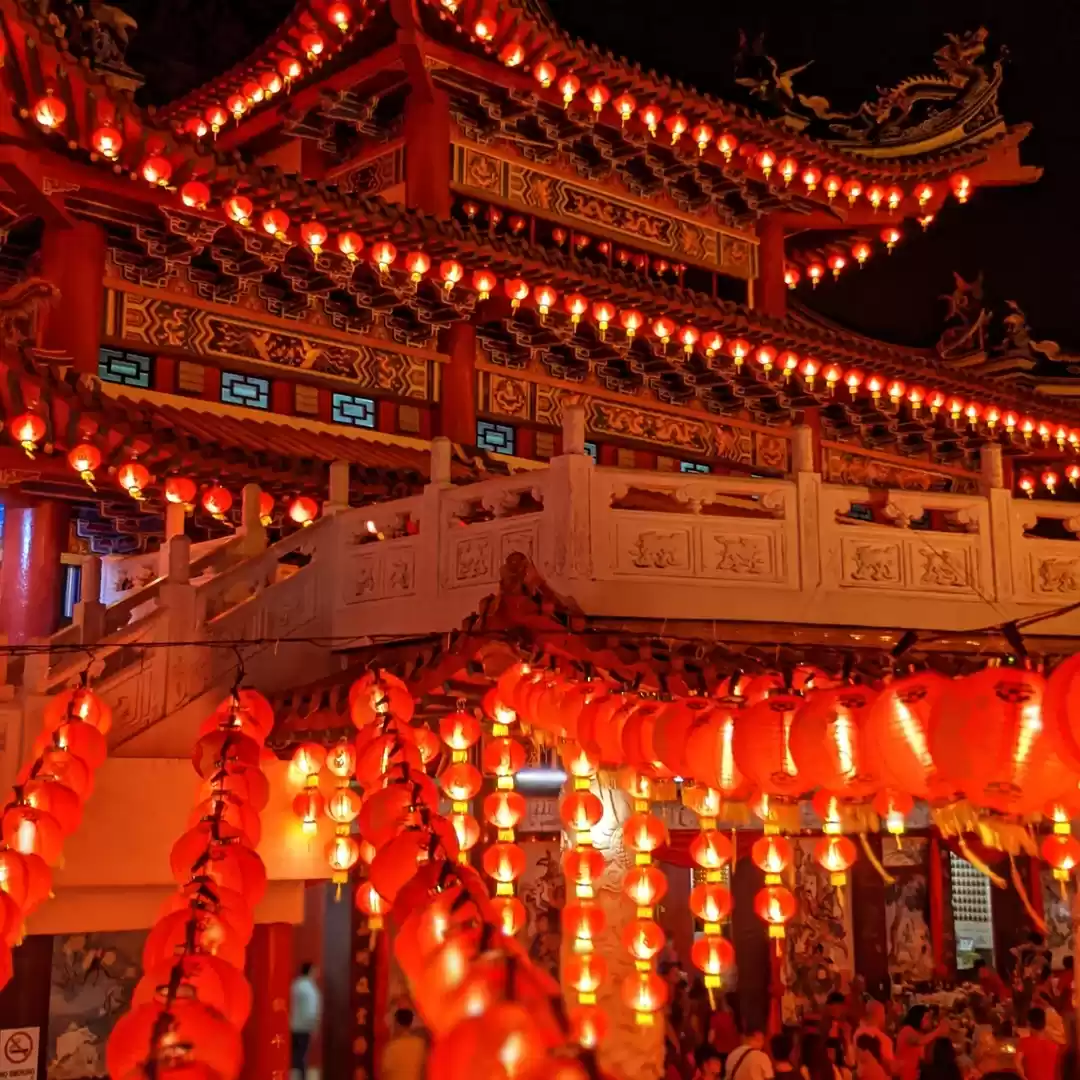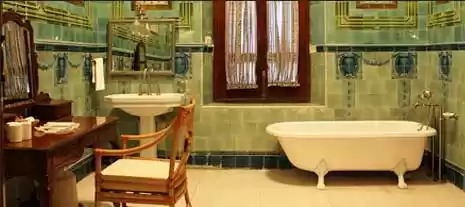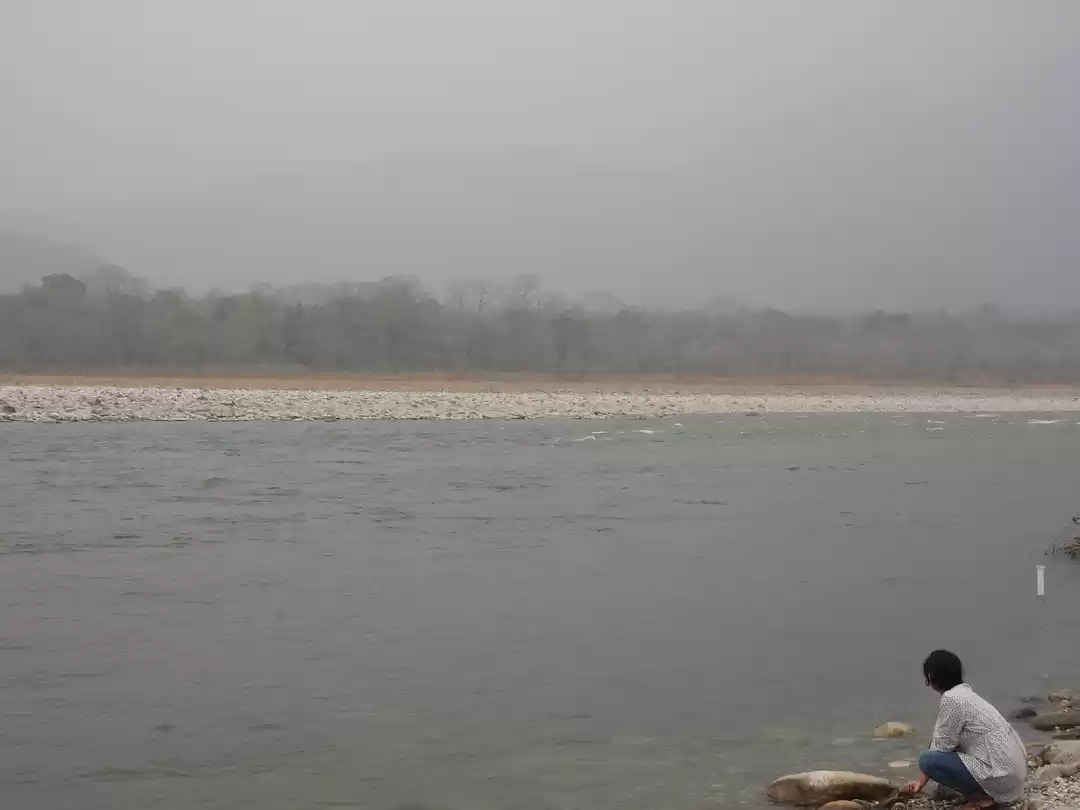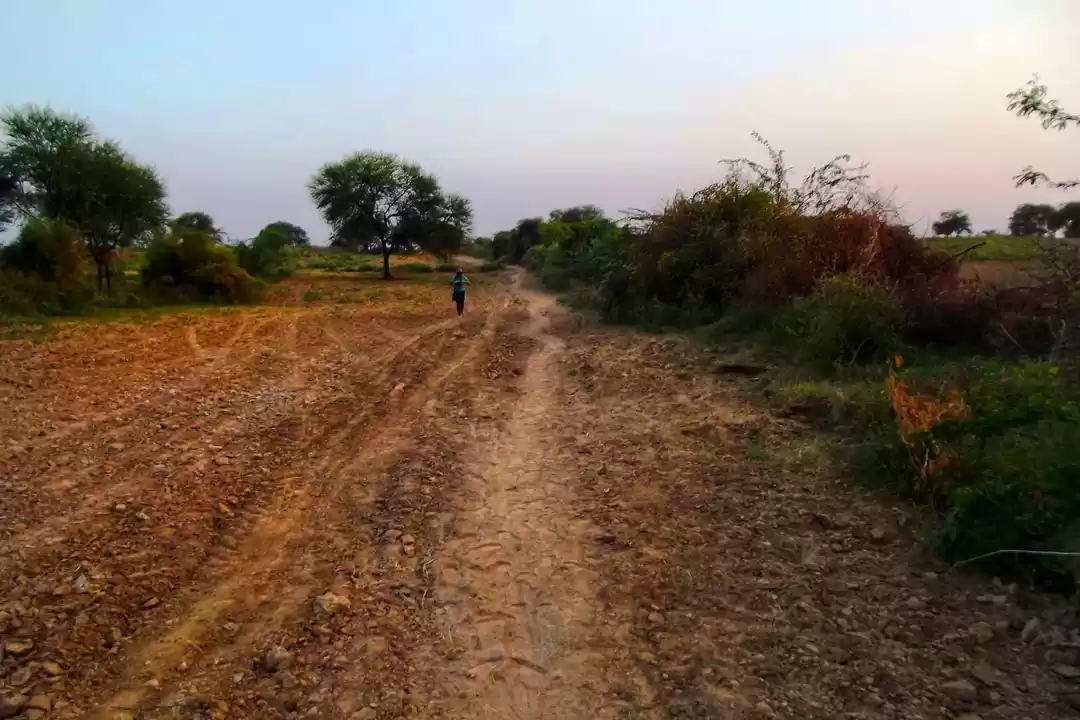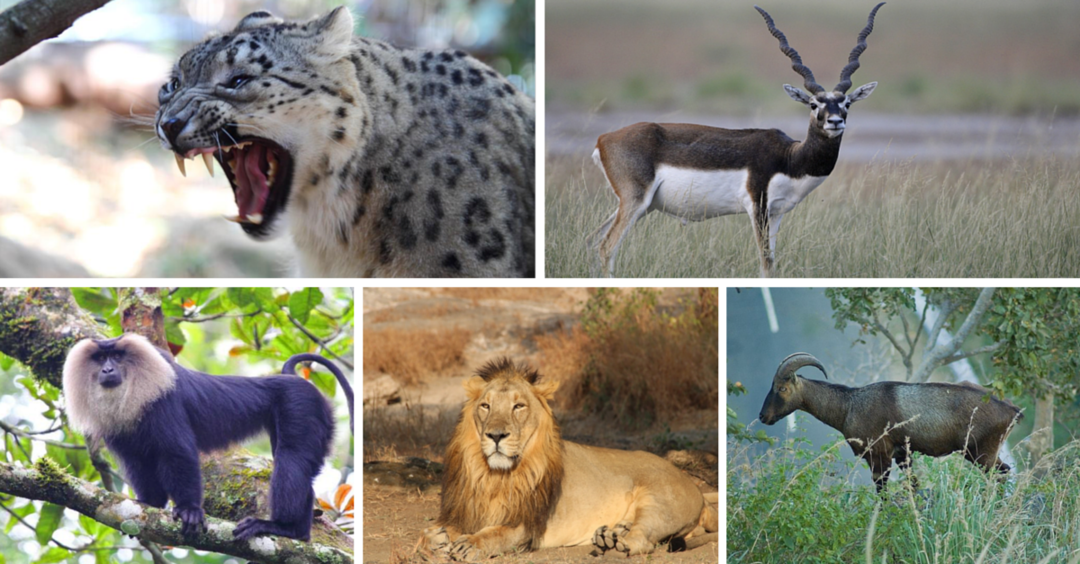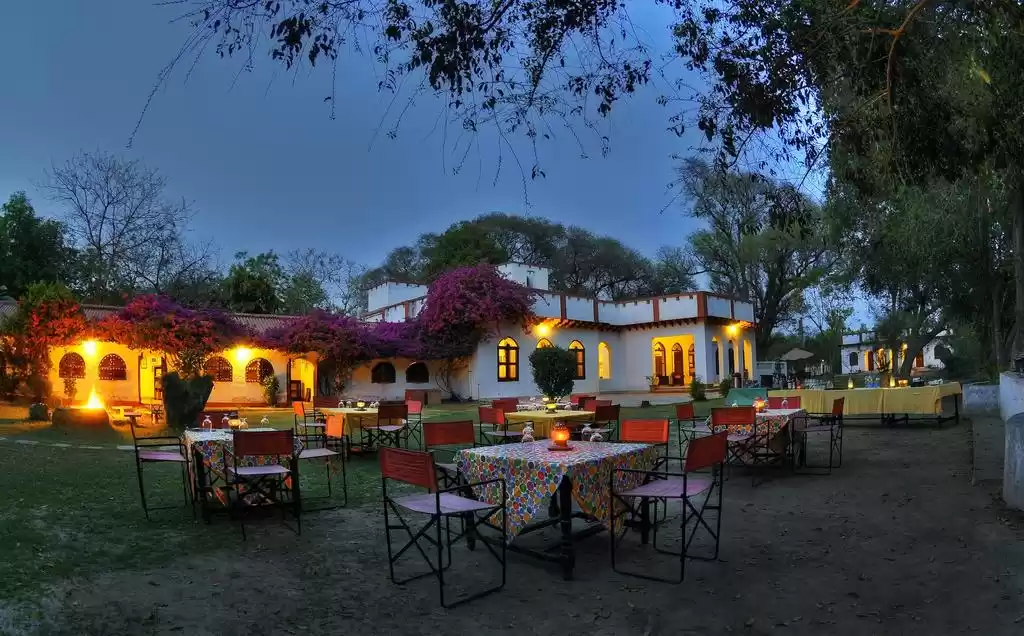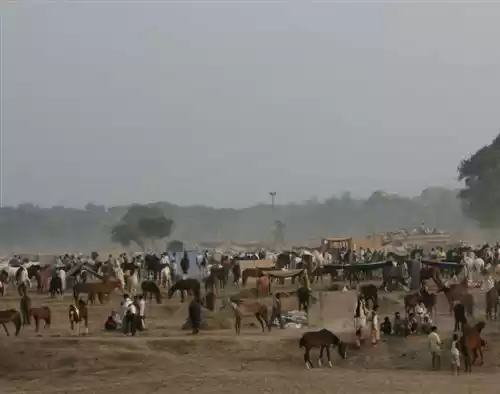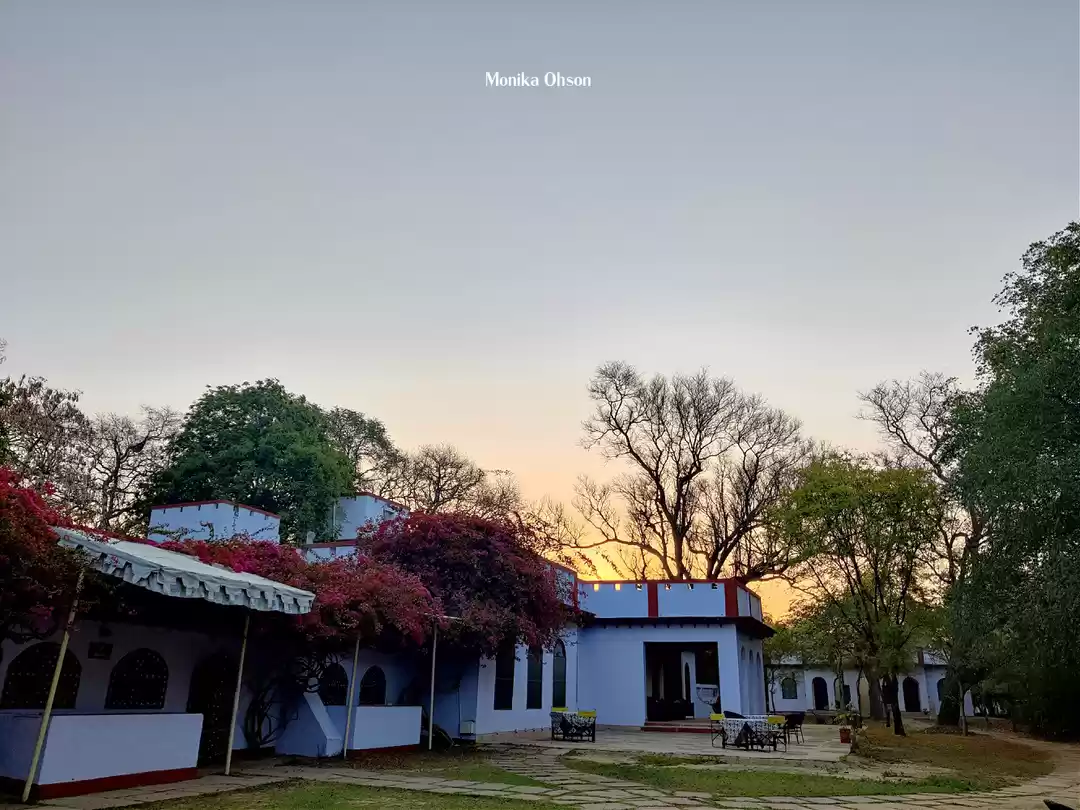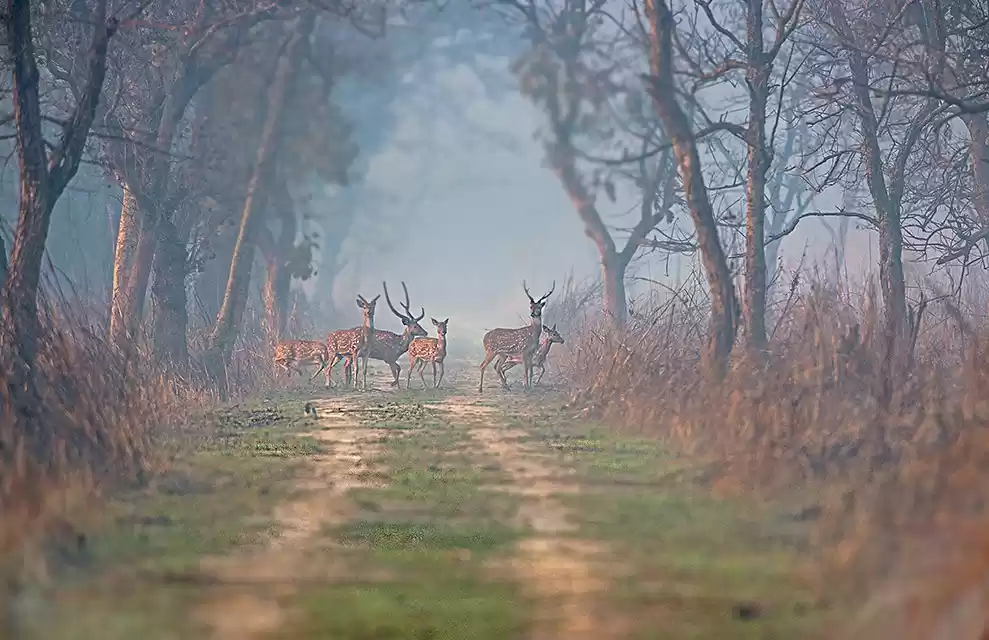
“चम्बल के तट तीर्थ नहीं हैं
उसके बारे में प्रसिद्ध है
दरस करे तो रागी होय
परस करे तो बागी होय
करे आचमन मूड़ सिराय
चम्बल तो बड़ भागी होय”
~ नरेश सक्सेना
To begin with let me share some interesting trivia on the infamous Chambal river.
The Chambal river is a tributary of the Yamuna river hence a part of the Gangetic river system. The ancient name of the Chambal was चर्मण्वती नदी (originating from the blood of thousands of animals sacrificed by the Aryan King Rantideva). According to folklore (reference to Mahabharata) the Chambal region was part of Shakuni’s kingdom . The ill-famed game of चौसर (game of dice) between the Kauravas and Pandavas was apparently played on the banks of this river.
After the heinous attempt of being disrobed by the Kauravas, Draupadi cursed the river and any one who would drink it’s water. It is said that whoever drinks the water of the Chambal river is filled with quenchless thirst for vengeance. No wonder there have been rebels or dacoits (बागी) in the ravines (भीहड़) that surround the river.

Ironically, this very curse has been a blessing in disguise, for Chambal remains one of India’s most pristine rivers. It is unpolluted and wildlife thrives blissfully, undisturbed here.
We had planned an early morning Chambal River Safari as the days are getting hotter. It was a wise decision indeed. The nature rich lodge we stayed at organized this wonderful experience and their in-house naturalist accompanied us. We reached our destination through a stretch of thrilling ravines famous for the notorious dacoits who lived there.

The boatman was waiting to take us on the safari and we were much excited to begin this journey. The quietude was amazing and healing. The naturalist Bachuchu Singh was all alert and kept pointing out to the fauna around.

On the bank itself I saw the River Lapwing which for some reason was eluding me, until now. Not to forget the Great Thick-knee or the Great Stone-curlew flying around noisily. So, it all began on a wonderful note for the bird enthusiast in me. We came across the Sand larks foraging on the banks and the “endangered” Ganges river dolphins made their presence felt, though we could barely see them or photograph them. This was just the beginning!

The landscape was enchanting and the best part was the whole place was to us. It is important to know & note that the sandbanks are crucial for the reptiles to thermoregulate. Hence, it makes the river and it’s surroundings ecologically important.

I have seen the Ruddy Shelducks or Brahminy ducks flying past my home balcony on the onset of winters. I always wanted to see them on ground closely and this safari made it possible. The first one we came across seemed to be calling out for his mate ….. thereafter we only saw pairs of Ruddys.
The male can be recognized by a narrow black collar that separates the body from the head & neck.


Chambal is synonymous with Indian skimmer or Indian Scissors-bill and what a fascinating sighting it was….. in fact one of the many lifers for me. The species is listed under “sensitive” & “endangered”.
“…..They have a long, thick bill which is mainly orange with a yellow tip. Their lower mandible is longer than the upper mandible. The lower bill is knife-like and flexible and the tip appears truncated. The upper mandible is capable of considerable mobility. The lower longer mandible is ploughed along the surface of water as the bird flies over the water to pick aquatic prey.
They may indulge in a low-level of inter-specific brood parasitism, laying their eggs in the nests of river terns.…..”


Further ahead there was a flock of Bar-headed Geese who are known for the extreme altitudes they reach when migrating across the Himalayas to winter in India. Amazing, isn’t it!
Some trivia: “…..The goose is suggested as being the model for the Hamsa of Indian mythology. Another interpretation suggests that the bar-headed goose is likely to be the Kadamb in ancient and medieval Sanskrit literature, whereas Hamsa generally refers to the swan….”

At this point we decided to take a tea/coffee break right in the middle of the river ….. does it not sound like an adventurous fun! The lodge thoughtfully packs a tea/coffee hamper with lip-smacking home baked cookies and yes, water too. However, it is advised to carry your own bottle of water as well.

From the beginning of the trip my friend’s little girl’s agenda was clear…… reptiles. Yes, we did sight them basking in the sun and it was an experience to see them so close yet not fear. Chambal is a wonderful place to sight some of the best.
The first look of the gharial was amazing. Only the eyes and the bulbous end of the snout was visible. It is a full on aquatic crocodile and uses the sandbanks for basking. It’s main diet is fish which it swallows as a whole. It’s long and narrow snout with sharp interlocking teeth helps it hunt fish underwater with least resistance.
Sharing some trivia here: male gharials develop a nasal protuberance at the tip of the snout that resembles an earthen pot (घड़ा). This feature lends the Gharial it’s name. This makes it the only living crocodile with visible sexual dimorphism.
The earliest known depictions of the gharial dates back to the Indus Valley Civilization. Unfortunately, it’s number have been fast declining which makes it “critically endangered”

The gharial shares riverine habitat with the “vulnerable” Mugger or Marsh crocodile who are said to have the broadest snout among living crocodiles. So how could we miss this big ‘unperturbed’ dude. They were least effected by our presence and continued with their sun basking. This one had his mouth open giving us good glimpse of it’s teeth. I really wanted to get off the boat and pet it. Hahhahaha ….. please don’t ask why, some may relate to this feeling.
Unlike the fish loving gharial the muggers prey on fish, reptiles, birds and mammals. During dry seasons, they walk over land in search of water and prey. They are among the first reptiles known to use tools/props. They balance twigs/branches on their heads to lure birds that are looking for nesting material. Smart, eh!

The river is home to many turtles and we got to see three species (out of which two are in the “threatened” category in the IUCN Red List).
There were many Indian Tent Turtles lying on the rocks soaking in the warmth of the sun. This species of turtle is endemic to India, Nepal & Bangladesh. They are active swimmers and are mainly herbivorous. The younger tented turtles are more carnivorous but as they grow older, they become inclined towards a herbivorous diet.
They have one or two brownish to red dots behind their eyes; a significant marker, which differentiates them from Indian roofed turtles that have a crescent-shaped red mark behind the eyes. They are named so after a hump-like projections on the keel which makes it appear like a tent.

Red-crowned Roofed Turtle or Bengal Roof Turtle is endemic to south Asia. Due to poaching for meat and shell; habitat destruction and deterioration; and predators their number is fast declining. It is listed as “critically endangered”. The last known stronghold for this river turtle is the Chambal River. In comparison to their female counterparts, the males are shorter and reach only half their length.

Indian Softshell Turtle with its prominent, tube-like snout and incredibly flattened shell, is a very peculiar-looking freshwater reptile. These odd features make this turtle so superbly adapted to its riverine habitat, with its long neck and snorkel-like snout allowing it to extend its nose out of the water to breathe, and its compressed shell creating a stream-lined silhouette that makes it a brilliant and fast swimmer (Vitt and Caldwell, 2009).
It is also known as the Ganges Softshell Turtle and is “endangered” in the IUCN red list. We came across one basking in the sun along with a mugger and a gharial.

We were quite thrilled with the sightings even though it was not the best time to visit the place. Yet the experience of this river safari was something different and has left me craving for more.
By the time it started getting hot we were at the end of our safari. Though we secretly wished to carry down further (the river is ~1000 kms) but is definitely not possible hahaha…..

Oh wait, the joy was not over yet ….. the Long legged Buzzard and the Egyptian Vulture dropped in to say Hi! There were many lifers for me and a wonderful experience of reptiles in their habitat. I had to go all the way to Chambal to see some birds that can be seen in and around my city. Somehow we never crossed paths. We were meant to meet here, at close quarters.


We hope to come back in a better time when the river is fuller with more varied species. Sharing a few more pics of some of the other birds seen.






Many species of fauna found in Chambal river are under the Wildlife Protection Act, 1972 and listed under “threatened” on IUCN Red List. It is a sincere request to all visiting this area to be conscientious towards the delicate environment and the treasures it holds.
Threatened: Vulnerable (VU), Endangered (EN), Critically Endangered (CR)
Here’s a small clip (made on hand held devices) that sums up the river safari. Though I must add that no photo or video can justify the beauty of the calm Chambal river and the emotions one experiences.
Recommended place to stay Mela Kothi, The Chambal Safari Lodge
This post was first published here
The Soul Is Here For It’s Own Joy!
Monika Ohson | TravelerInMe



